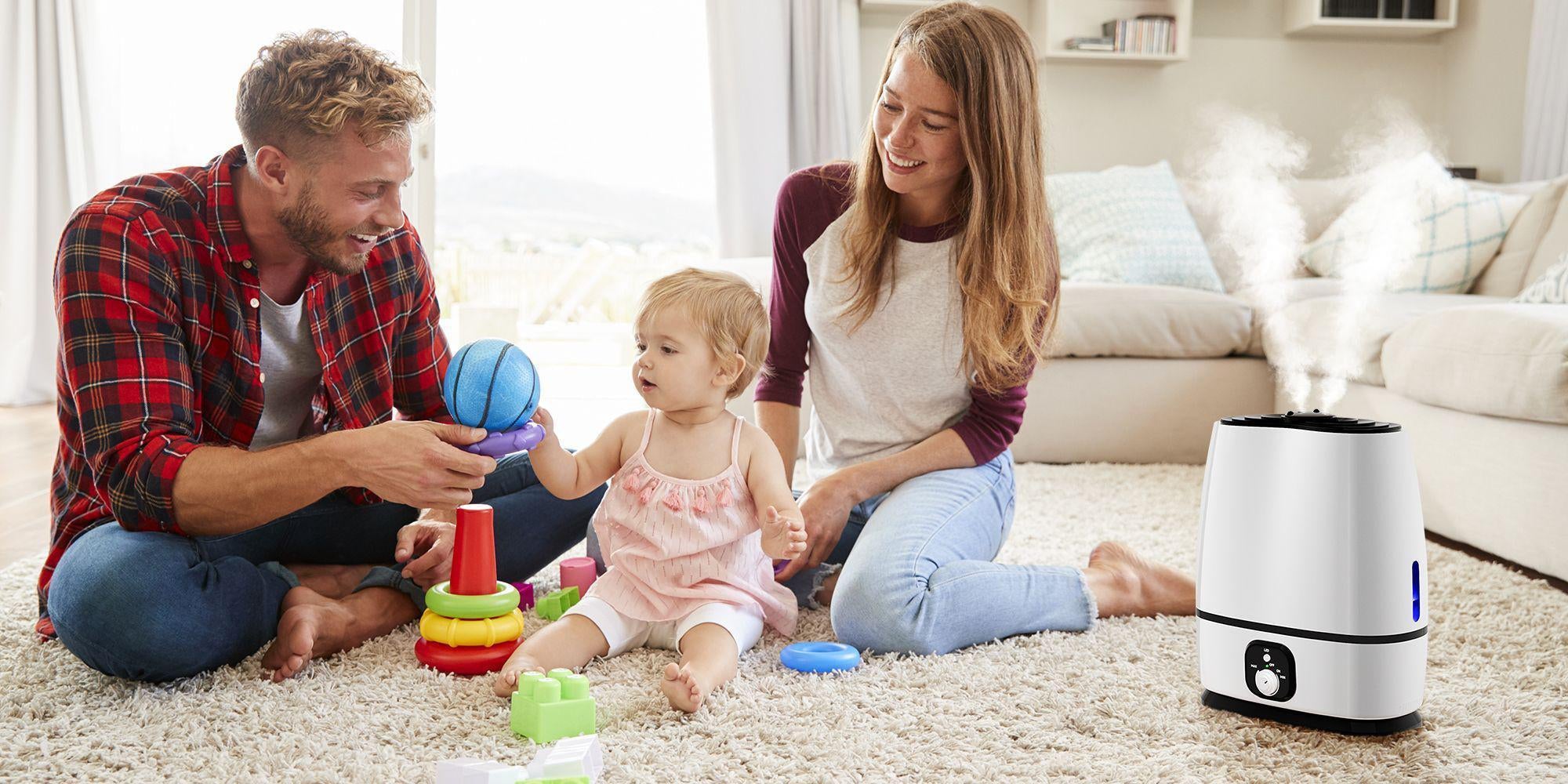

Articles
When To Use A Humidifier For Baby
Modified: January 6, 2024
Discover when to use a humidifier for your baby in our informative articles. Proper humidity levels can help alleviate dryness and ease respiratory discomfort.
(Many of the links in this article redirect to a specific reviewed product. Your purchase of these products through affiliate links helps to generate commission for Storables.com, at no extra cost. Learn more)
Introduction
As a parent, ensuring the comfort and well-being of your baby is always a top priority. One way to create a comfortable environment for your little one is by using a humidifier. A humidifier is a device that adds moisture to the air, helping to maintain an optimal level of humidity in the room.
In this article, we will explore the benefits of using a humidifier for babies, signs that indicate your baby may need a humidifier, tips for choosing the right type of humidifier, and important precautions and safety guidelines to keep in mind when using one for your baby. Additionally, we will provide tips on maintaining and cleaning your baby’s humidifier to ensure its effectiveness and longevity.
By understanding when and how to use a humidifier, you can provide your baby with a comfortable and healthy environment that promotes better sleep, respiratory health, and overall well-being. So let’s dive in and discover the wonders of using a humidifier for your little one.
Key Takeaways:
- Using a humidifier for your baby can alleviate respiratory discomfort, reduce the risk of infections, and promote better sleep, creating a comfortable and healthy environment for your little one.
- To ensure your baby’s safety and well-being, follow precautions, clean and maintain the humidifier regularly, and monitor humidity levels to harness the benefits of a humidifier effectively.
Read more: When To Use A Humidifier
Benefits of using a humidifier for babies
Using a humidifier for your baby can offer numerous benefits for their health and well-being. Here are some of the key advantages:
- Relieves respiratory discomfort: Dry air can cause dryness in your baby’s nasal passages and throat, leading to congestion, coughing, and discomfort. A humidifier adds moisture to the air, helping to soothe and moisturize their airways, making breathing easier.
- Alleviates dry skin: Babies are prone to dry and sensitive skin. Dry air can exacerbate this condition, leading to itchiness and discomfort. By increasing the humidity in the room, a humidifier helps to keep their skin hydrated, reducing dryness and irritation.
- Reduces the risk of respiratory infections: Dry air can create an environment where viruses and bacteria thrive, increasing the likelihood of respiratory infections such as colds, flu, and sinus infections. By maintaining proper humidity levels, a humidifier helps to reduce the risk of these infections and promotes a healthier immune system.
- Eases symptoms of allergies and asthma: If your baby suffers from allergies or asthma, a humidifier can be beneficial. It helps to moisten the airways, reducing the frequency and severity of symptoms such as wheezing, coughing, and sneezing.
- Promotes better sleep: The soothing, moisturizing effect of a humidifier can create a more comfortable sleep environment for your baby. It helps to relieve congestion, allowing them to breathe more easily and sleep more soundly.
- Reduces static electricity: Dry air can significantly increase static electricity, leading to unpleasant shocks when touching objects or even when cuddling your baby. By adding moisture to the air, a humidifier reduces static electricity, creating a more comfortable and shock-free environment.
- Helps to keep the room at a comfortable temperature: When the air is dry, it can feel colder than it actually is. By increasing humidity levels, a humidifier helps to make the room feel warmer and more comfortable, eliminating any discomfort caused by excessively dry air.
Using a humidifier for your baby provides a range of benefits that contribute to their comfort, respiratory health, and overall well-being. However, it is important to choose the right type of humidifier and use it correctly to maximize its effectiveness and ensure your baby’s safety. Let’s delve into the next section to learn about the signs that may indicate your baby requires the use of a humidifier.
Signs that your baby may need a humidifier
While using a humidifier can benefit your baby, it’s important to assess whether your little one actually needs one. Here are some common signs that may indicate your baby could benefit from a humidifier:
- Dry, cracked lips and skin: If you notice that your baby’s lips are dry and cracked or their skin feels rough and irritated, it could be a sign that the air in their environment is too dry. A humidifier can help restore moisture to their skin, providing relief.
- Difficulty breathing and congestion: If your baby is experiencing nasal congestion, frequent stuffiness, or difficulty breathing, it could be due to dry air. A humidifier can help add moisture to the airways, making it easier for them to breathe and reducing congestion.
- Frequent respiratory infections: If your baby tends to get sick frequently with respiratory infections such as colds, flu, or sinus infections, it could be a sign that the air in their environment is dry. Using a humidifier can help reduce the risk of infections by keeping the air moist and less favorable for viruses and bacteria to thrive.
- Crusty nose: If you notice crusty or dried mucus around your baby’s nostrils, it may indicate that the air is too dry. A humidifier can help moisturize the nasal passages, reducing the formation of crusty mucus.
- Restless sleep: If your baby is having trouble sleeping through the night or wakes up frequently, dry air could be a contributing factor. A humidifier can create a more comfortable sleep environment by adding moisture to the air, promoting better sleep for your little one.
- Static electricity: If you or your baby frequently experience static shocks or hair sticking up due to static electricity, it may be a sign of dry air. A humidifier can help to reduce static electricity, creating a more comfortable and shock-free environment.
By observing these signs and symptoms, you can determine whether using a humidifier would be beneficial for your baby. However, it’s important to choose the right type of humidifier and use it correctly to ensure your baby’s safety. In the next section, we will guide you in choosing the appropriate humidifier for your little one.
Choosing the right type of humidifier for your baby
When it comes to selecting a humidifier for your baby, there are several factors to consider to ensure you choose the right type for their needs. Here are some key points to keep in mind:
- Type of humidifier: There are different types of humidifiers available, including cool mist humidifiers and warm mist humidifiers. Cool mist humidifiers are generally considered safer for babies and children as they don’t pose the risk of accidental burns. However, warm mist humidifiers can be beneficial in colder environments as they also provide a soothing warm mist.
- Room size: Consider the size of the room where you will be using the humidifier. Different humidifiers have varying coverage capacities, so it’s important to choose one that can effectively add moisture to the entire room.
- Noise level: Some humidifiers can produce a noticeable noise, which may disturb your baby’s sleep. Look for models that are specifically designed to operate quietly, ensuring a peaceful sleep environment for your little one.
- Safety features: Ensure the humidifier you choose has safety features in place, such as automatic shut-off when the water level is low or a cool-touch surface to prevent accidental burns. Safety should always be a priority when selecting any device for your baby.
- Easy to clean and maintain: Opt for a humidifier that is easy to clean and maintain to ensure optimal performance and prevent the growth of bacteria or molds. Look for models with removable parts that are dishwasher safe or easy to wipe clean.
- Filter or filter-free: Some humidifiers come with replaceable filters, while others are filter-free. Filtered models help to remove impurities from the water before releasing the mist, while filter-free models may require more frequent cleaning. Consider your preferences and the level of maintenance you are comfortable with.
- Cost and budget: Set a budget for your humidifier purchase and compare prices of different models to find one that fits within your budget range. Remember to consider the long-term cost of maintenance, such as replacement filters, if applicable.
By carefully considering these factors, you can select a humidifier that best suits your baby’s needs and your specific requirements. Once you have chosen the right humidifier, it’s important to know when to use it to provide maximum benefits for your little one. Let’s explore this in the next section.
Use a humidifier for your baby if the air in your home is dry, especially during the winter months. This can help prevent dry skin, congestion, and coughing. Be sure to clean the humidifier regularly to prevent mold and bacteria growth.
When to use a humidifier for your baby
Using a humidifier for your baby can be beneficial in certain situations and environments. Here are some guidelines for when to use a humidifier:
- Dry climate: If you live in a region with dry climate, where the air tends to be dry year-round, using a humidifier consistently can help maintain a proper level of humidity in the room and prevent dryness-related discomfort for your baby.
- Winter months: Winter months often bring drier air due to indoor heating. Running a humidifier during the winter can help combat the dryness caused by artificial heating systems, ensuring your baby’s skin and airways stay moisturized.
- Cold and flu season: During cold and flu season, the air tends to be drier, and viruses thrive in such conditions. Using a humidifier can help create an environment that is less favorable for viruses to survive, reducing the risk of respiratory infections for your baby.
- Baby’s illness: If your baby is experiencing respiratory congestion, allergies, or asthma flare-ups, using a humidifier can help alleviate symptoms by adding moisture to the airways, soothing congestion, and facilitating easier breathing.
- Heating or air conditioning: If you use heating in the winter or air conditioning in the summer, these systems can dry out the air in your home. Running a humidifier alongside these systems can help maintain a comfortable level of humidity for your baby.
It’s important to note that while a humidifier can provide numerous benefits for your baby, it’s crucial to monitor humidity levels to ensure they remain in the recommended range. Ideally, the humidity level in the room should be around 30-50%. Using a hygrometer, which measures humidity, can help you keep track of the levels and adjust the humidifier accordingly.
Furthermore, it’s essential not to over-humidify the room, as excessively high humidity can create a breeding ground for molds and bacteria. This can be harmful to your baby’s respiratory health. Regularly monitor and adjust the humidity levels to maintain a healthy and comfortable environment.
Now that you know when to use a humidifier for your baby, let’s move on to the precautions and safety guidelines to follow when using one.
Read more: When Should Babies Use Cutlery
Precautions and safety guidelines for using a humidifier
While a humidifier can provide numerous benefits for your baby, it is important to follow these precautions and safety guidelines to ensure their well-being:
- Keep the humidifier out of reach: Place the humidifier in a location that is out of your baby’s reach to prevent any accidents or injuries. Ensure cords are kept away from cribs, beds, or any other surfaces where your baby may pull on them.
- Use distilled or demineralized water: To prevent the release of minerals into the air that can accumulate as white dust, use distilled or demineralized water in your humidifier. Tap water may contain minerals that can cause white residue or mineral buildup in the humidifier.
- Clean the humidifier regularly: Regularly clean and maintain the humidifier according to the manufacturer’s instructions to prevent the buildup of mold, bacteria, or mineral deposits. Follow the recommended cleaning schedule and replace any filters, if applicable.
- Monitor humidity levels: Use a hygrometer to monitor the humidity levels in the room where the humidifier is being used. Aim for a humidity range of 30-50%. Excessive humidity can promote the growth of mold and bacteria, which can be harmful to your baby’s health.
- Avoid over-humidification: Do not over-humidify the room. Excessive humidity can create a damp environment that can promote the growth of mold and mildew. Maintaining the recommended humidity range is crucial for your baby’s respiratory health.
- Use caution with warm mist humidifiers: If you are using a warm mist humidifier, exercise caution as the steam generated can be hot and may cause burns. Position the humidifier in a safe area, away from your baby’s reach, to prevent accidental contact.
- Keep the area well-ventilated: It is important to maintain proper ventilation in the room where the humidifier is being used. This allows fresh air to circulate and prevents the air from becoming stagnant.
- Pay attention to any signs of discomfort: Watch for any signs of discomfort or adverse reactions from your baby, such as increased coughing, watery eyes, or skin irritation. If these symptoms occur, discontinue use and consult with your pediatrician.
- Follow manufacturer’s instructions: Always read and follow the manufacturer’s instructions for the specific humidifier you are using. This includes proper assembly, operation, cleaning, and maintenance procedures to ensure safe and effective use.
By following these precautions and safety guidelines, you can enjoy the benefits of a humidifier while ensuring your baby’s safety and well-being. Additionally, proper maintenance and cleaning of the humidifier are essential to keep it in good working condition and prevent any health hazards.
Now that you are aware of the precautions and safety guidelines, let’s move on to the next section, where we provide tips for maintaining and cleaning your baby’s humidifier.
Tips for maintaining and cleaning your baby’s humidifier
To ensure the effectiveness and longevity of your baby’s humidifier, proper maintenance and regular cleaning are essential. Here are some tips to help you maintain and clean your baby’s humidifier:
- Follow the manufacturer’s instructions: Read and understand the manufacturer’s instructions on how to clean and maintain your specific model of humidifier. Each type of humidifier may have different cleaning and maintenance requirements.
- Regularly clean the water tank: Empty and rinse the water tank of the humidifier daily. This helps remove any mineral deposits, bacterial growth, or mold from the water. Use a mild detergent or vinegar and a soft brush to scrub the tank gently. Rinse thoroughly with clean water before refilling.
- Replace filters, if applicable: If your humidifier has a filter, follow the manufacturer’s instructions on when and how to replace it. Regularly changing filters helps maintain the optimal performance of the humidifier and reduces the risk of releasing impurities into the air.
- Use distilled or demineralized water: To prevent mineral buildup or white dust, use distilled or demineralized water in your humidifier. These types of water have a lower mineral content compared to tap water, reducing the chances of residue accumulating in the humidifier.
- Keep the humidifier dry when not in use: After cleaning and before storing, make sure all parts of the humidifier are completely dry to prevent the growth of mold or bacteria. Allow the humidifier to air dry before reassembling and storing it in a cool, dry place.
- Monitor and maintain proper humidity levels: Use a hygrometer to monitor the humidity levels in the room. Aim for a humidity range of 30-50%. Adjust the humidifier settings accordingly to maintain the desired humidity level without over-humidifying the room.
- Inspect for any signs of damage: Regularly inspect your baby’s humidifier for any signs of damage, such as cracks, leaks, or malfunctioning parts. Discontinue use if you notice any issues and consult with the manufacturer for repairs or replacement.
- Clean the humidifier at least once a week: It is recommended to thoroughly clean the humidifier at least once a week, even if you are using distilled or demineralized water. This helps ensure that the humidifier is free from any bacteria or mold that may have accumulated over time.
- Follow a regular cleaning routine: Establish a consistent cleaning routine for your baby’s humidifier. This will help keep it in optimal condition and minimize the risks associated with poor maintenance. Keep track of when the last cleaning was done and follow a schedule to ensure regular cleaning and maintenance.
By following these maintenance and cleaning tips, you can keep your baby’s humidifier in good working condition and provide a clean and healthy environment for them. Remember, a properly maintained humidifier not only helps in maintaining optimal humidity levels but also reduces the risk of bacterial or mold growth that could potentially harm your baby’s respiratory health.
Now that you are equipped with knowledge on maintaining and cleaning your baby’s humidifier let’s wrap up this article.
Conclusion
Using a humidifier for your baby can provide a range of benefits, from relieving respiratory discomfort to promoting better sleep and overall well-being. By adding moisture to the air, a humidifier helps alleviate dryness, congestion, and skin issues that babies often experience.
When choosing a humidifier, consider factors such as the type of humidifier, room size, noise level, safety features, and ease of maintenance. It is important to use distilled or demineralized water, regularly clean the humidifier, and monitor humidity levels to ensure a safe and comfortable environment for your baby.
Signs that your baby may benefit from a humidifier include dry lips and skin, difficulty breathing, frequent respiratory infections, crusty nose, restless sleep, and static electricity. By using a humidifier, you can provide relief from these symptoms and improve your baby’s overall respiratory health.
However, it is crucial to follow precautions and safety guidelines, such as keeping the humidifier out of reach, maintaining proper ventilation, and avoiding over-humidification. Regularly cleaning the humidifier and following the manufacturer’s instructions for maintenance are also important to prevent the growth of mold and bacteria.
In conclusion, a properly chosen, maintained, and used humidifier can create a comfortable and healthy environment for your baby. By understanding the benefits, recognizing the signs of need, and taking necessary precautions, you can harness the power of a humidifier to enhance your baby’s well-being and provide them with the best possible start in life.
Frequently Asked Questions about When To Use A Humidifier For Baby
Was this page helpful?
At Storables.com, we guarantee accurate and reliable information. Our content, validated by Expert Board Contributors, is crafted following stringent Editorial Policies. We're committed to providing you with well-researched, expert-backed insights for all your informational needs.
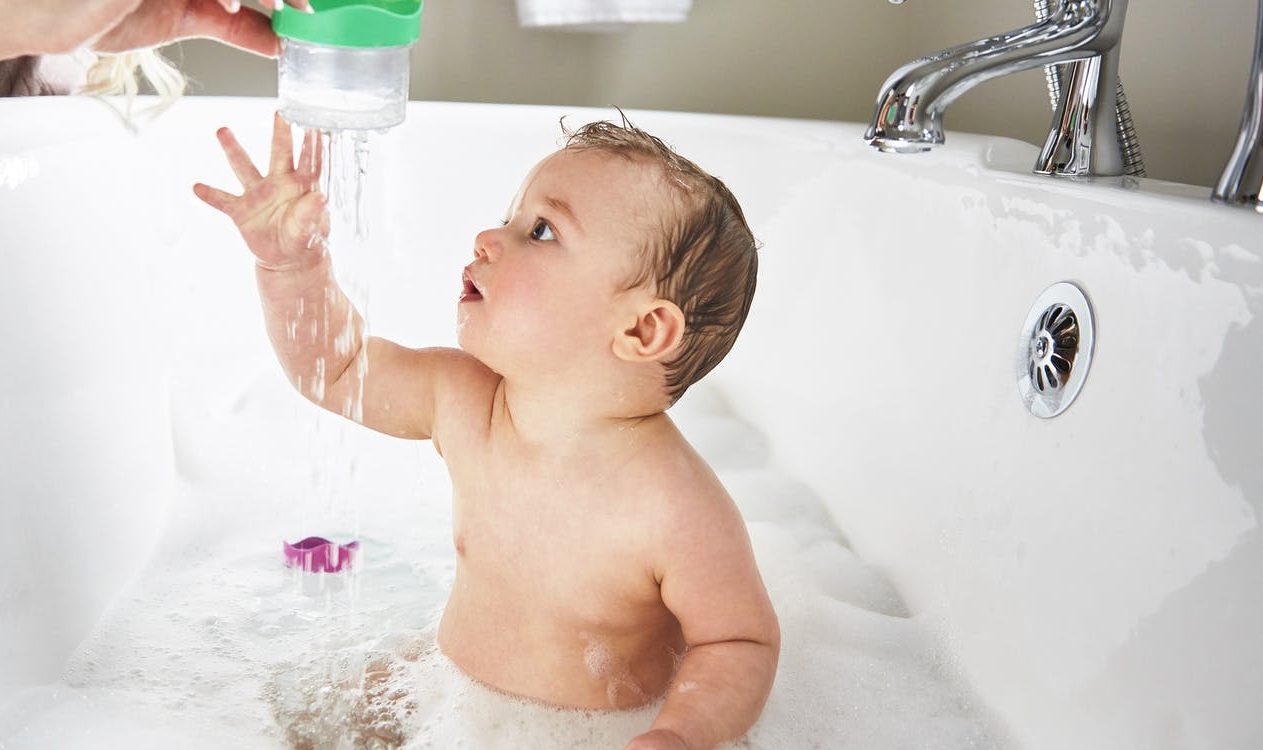
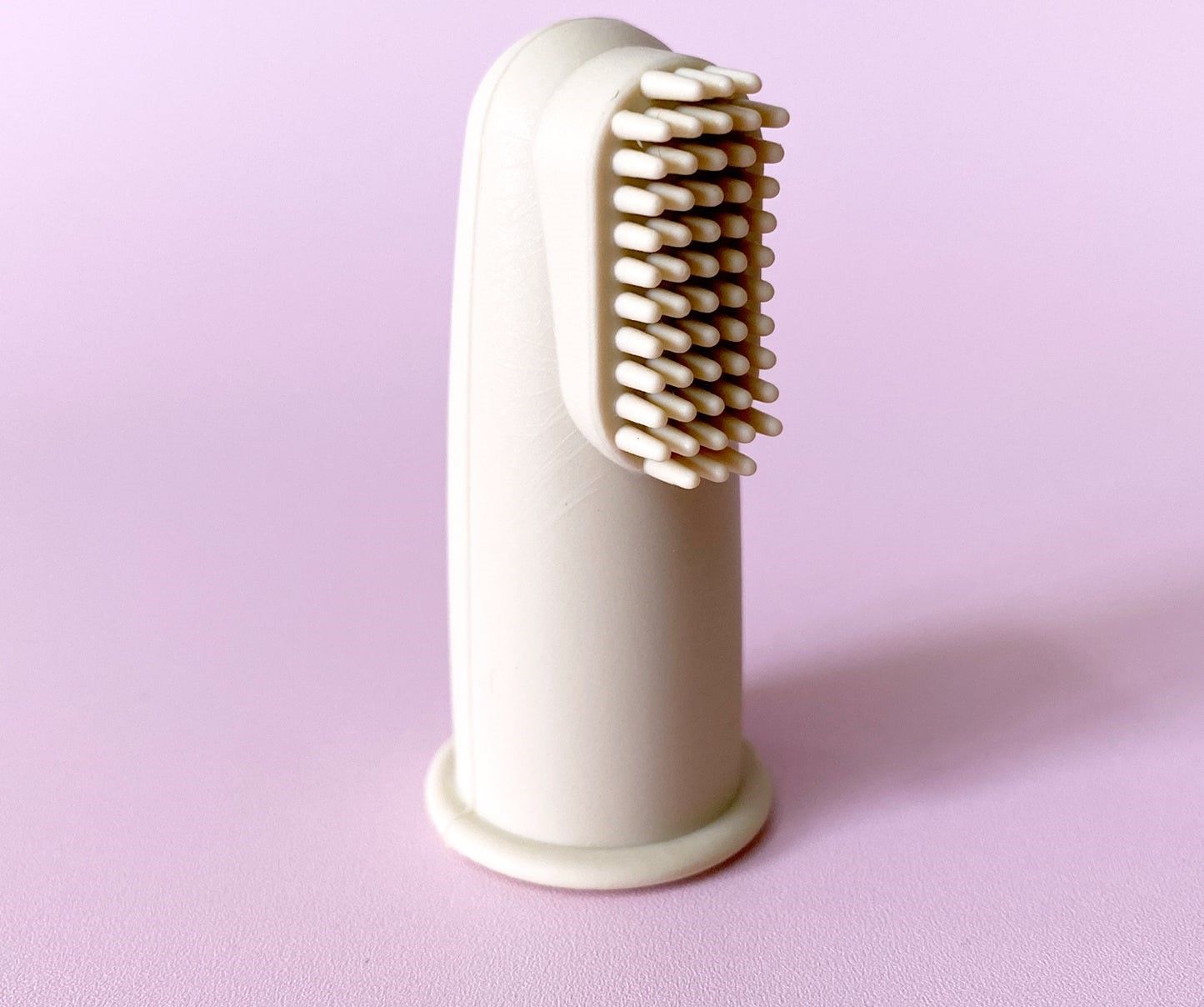
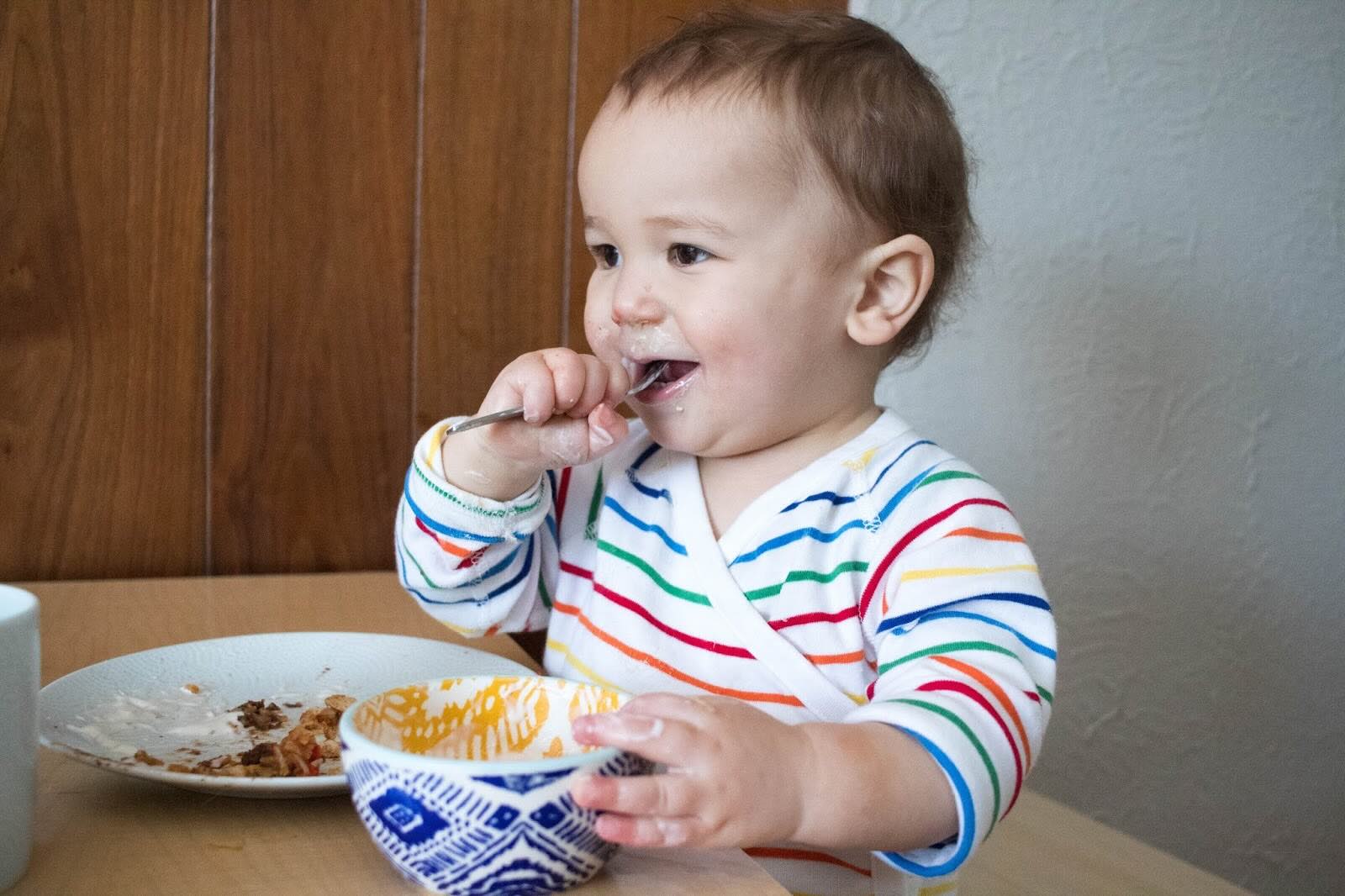
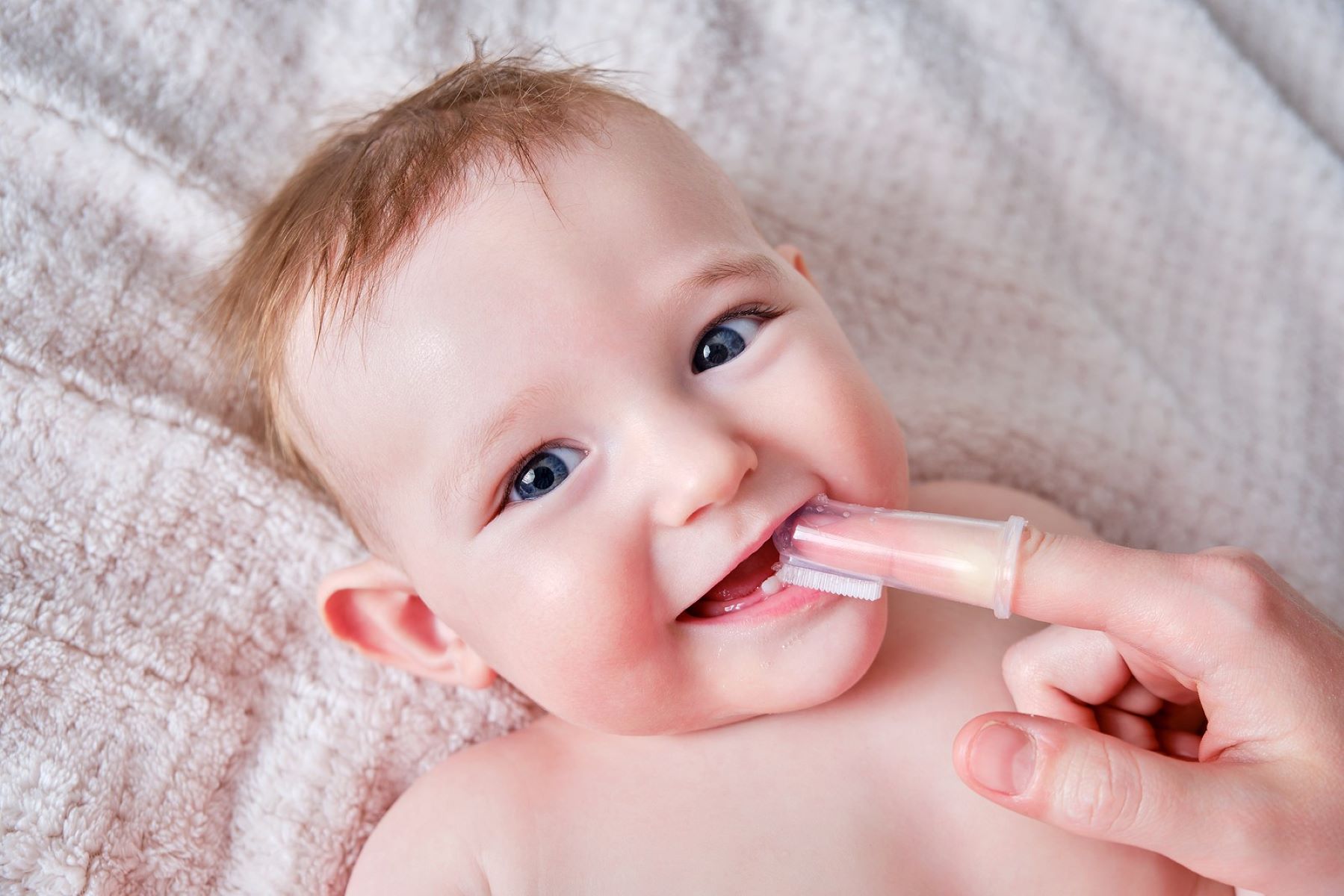
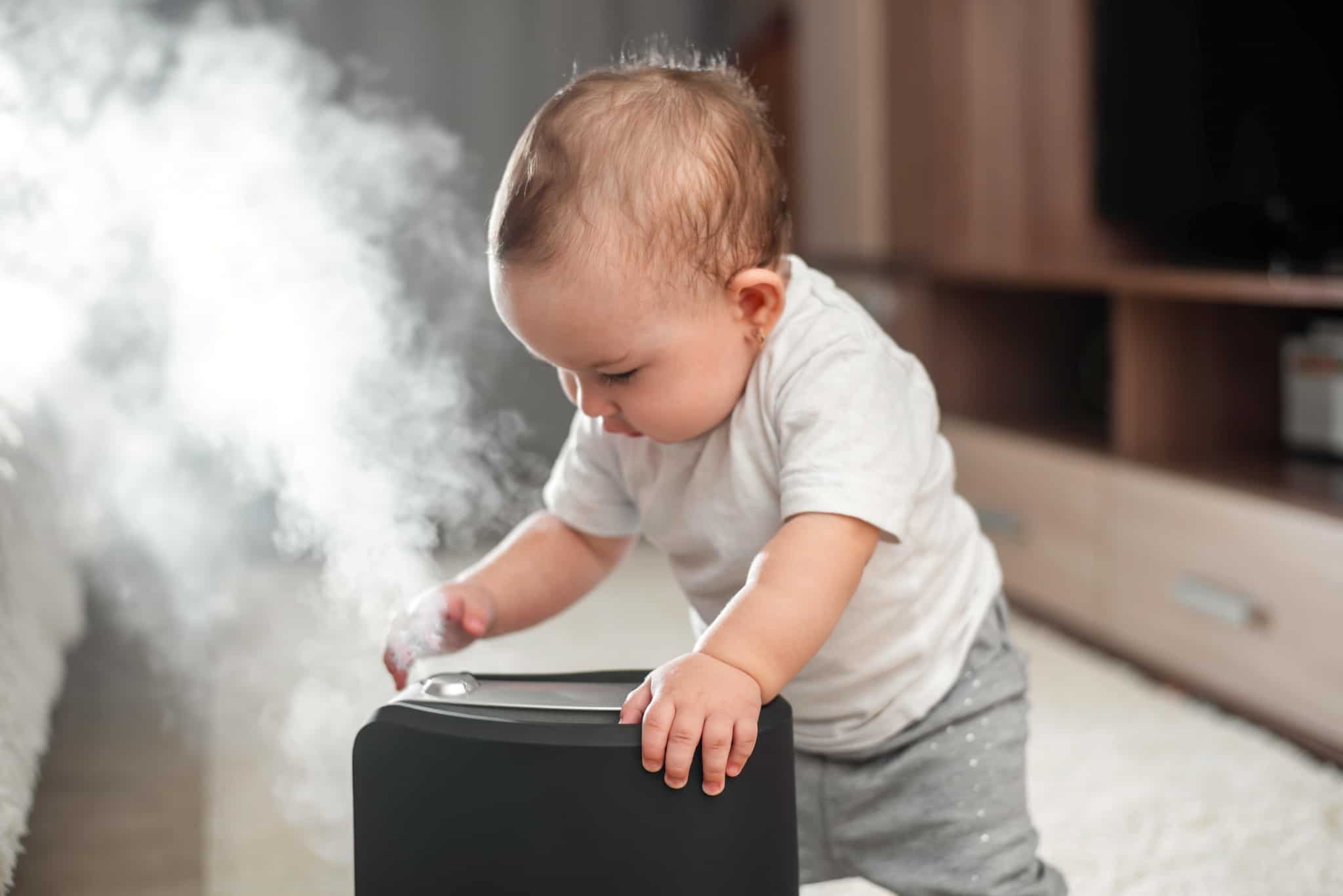
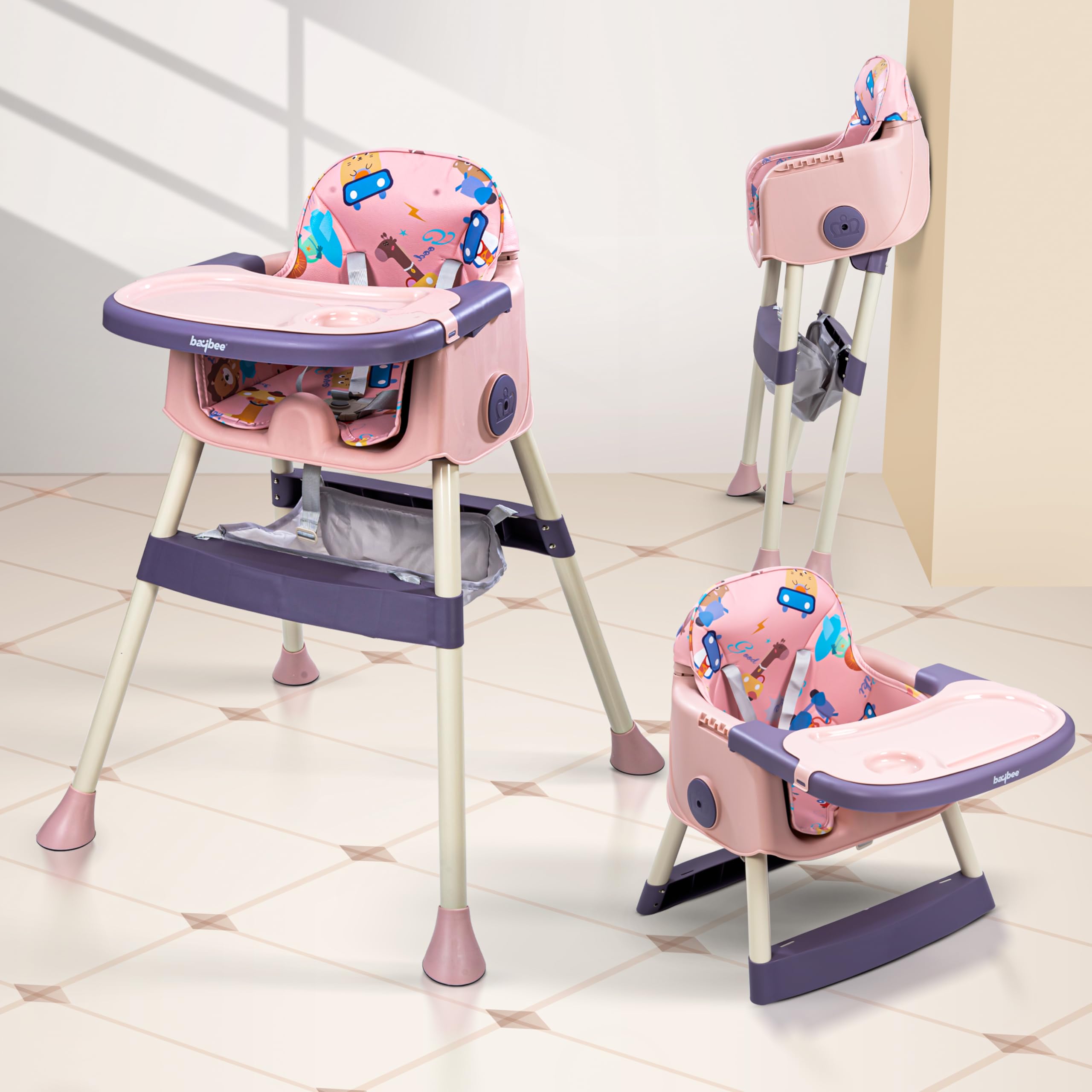
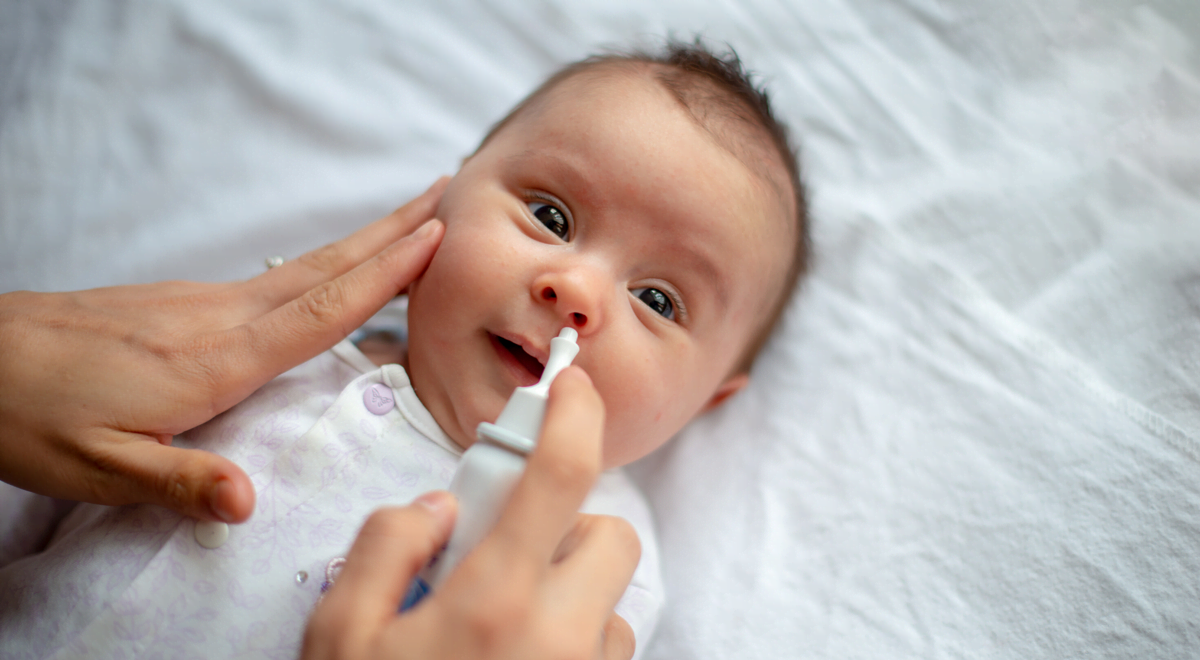
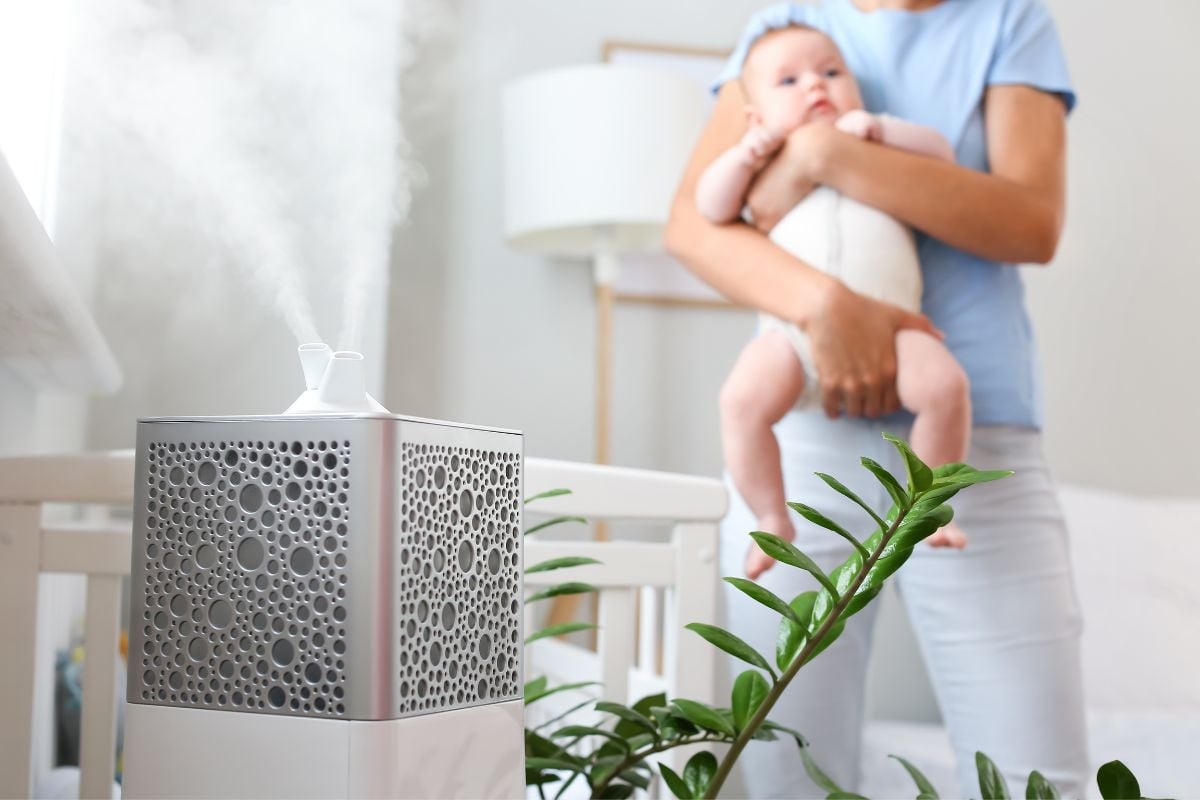
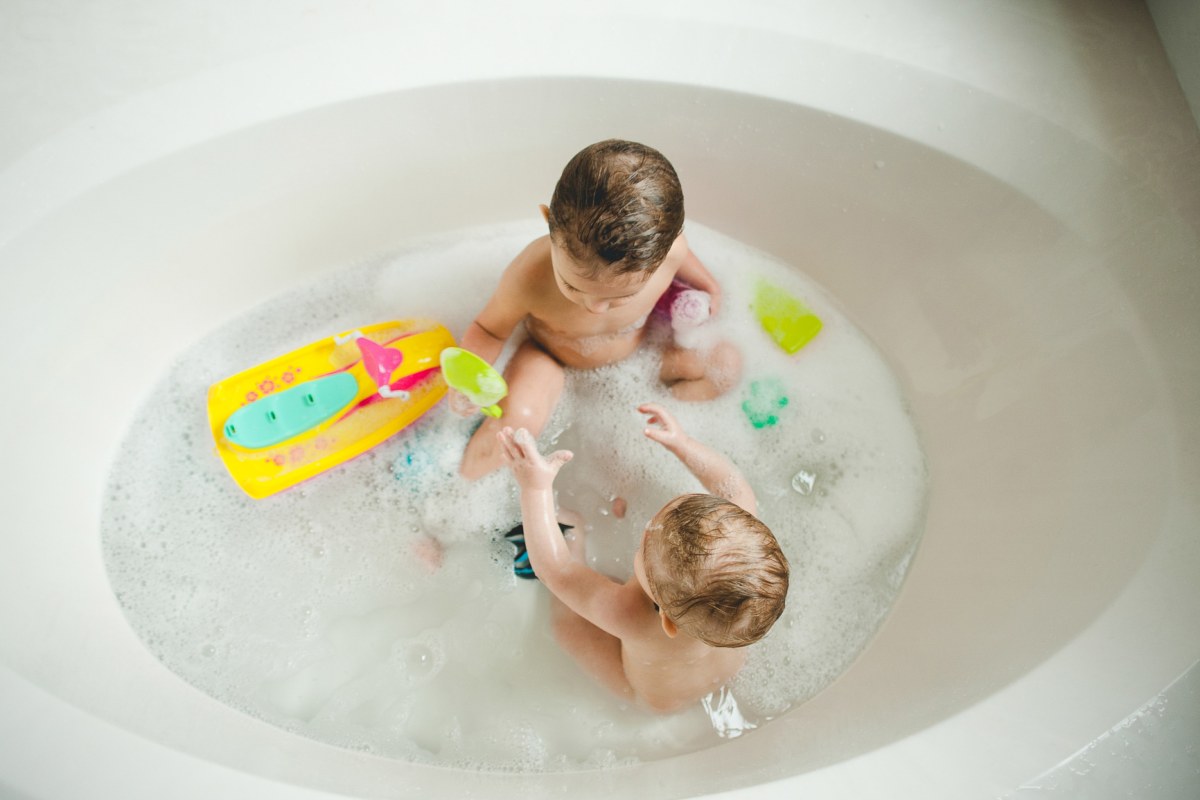
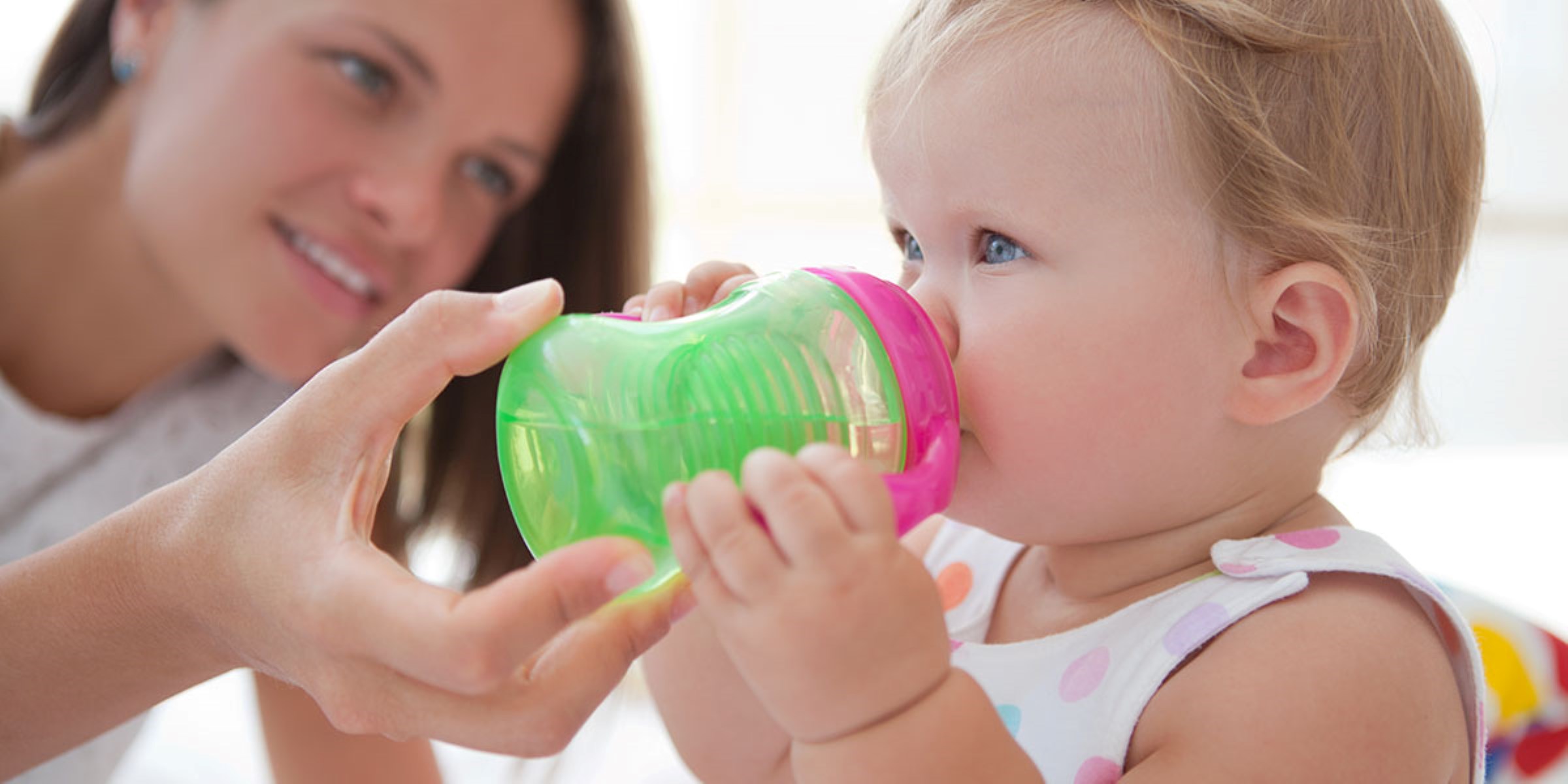
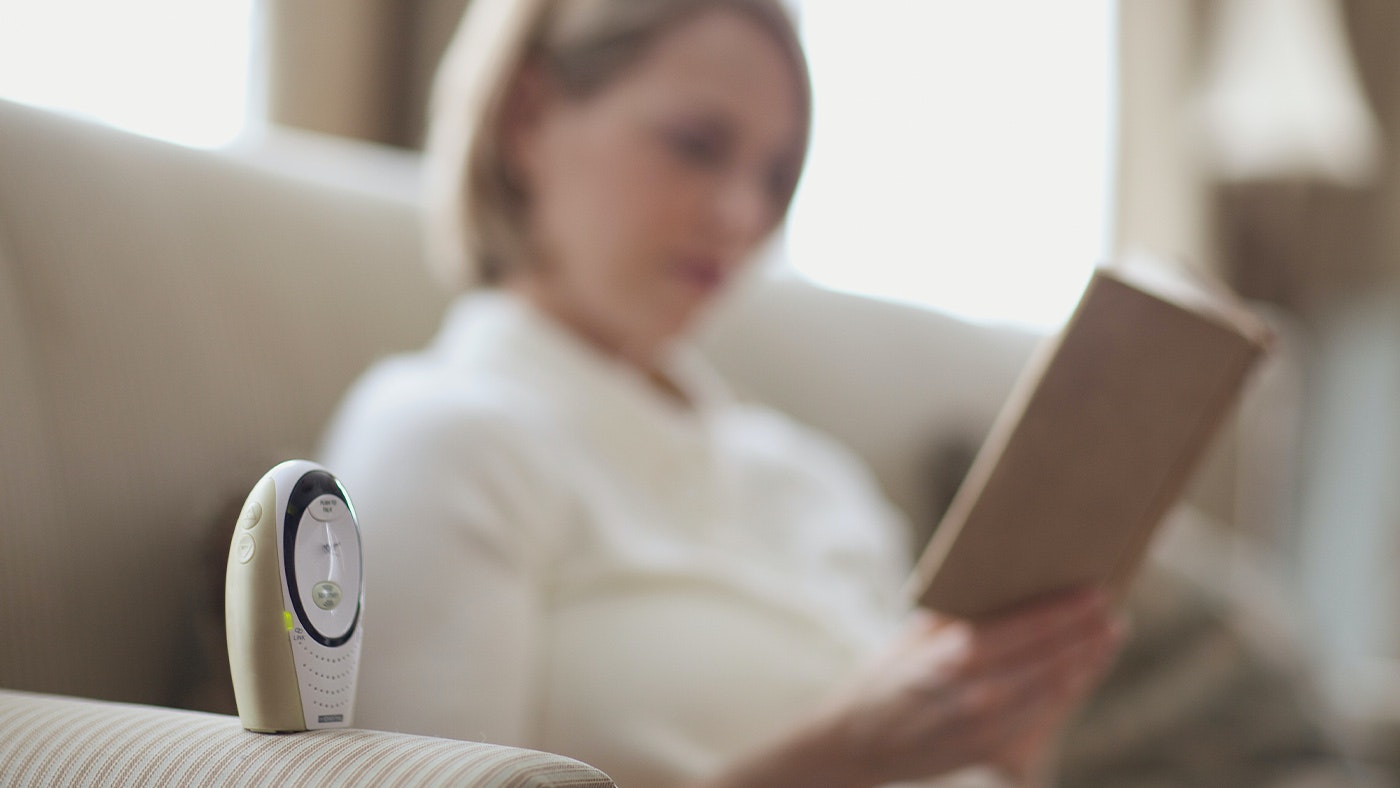
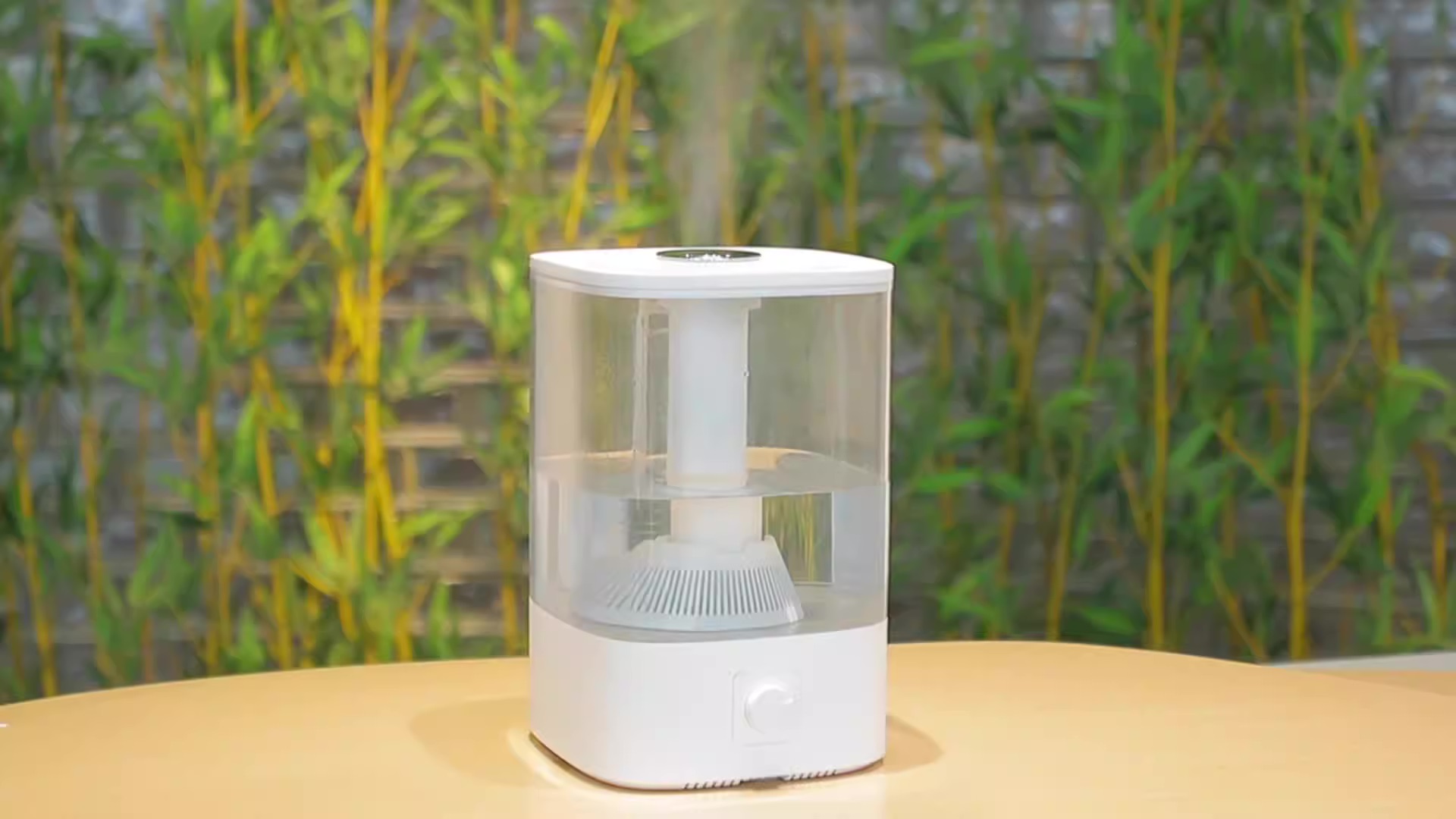
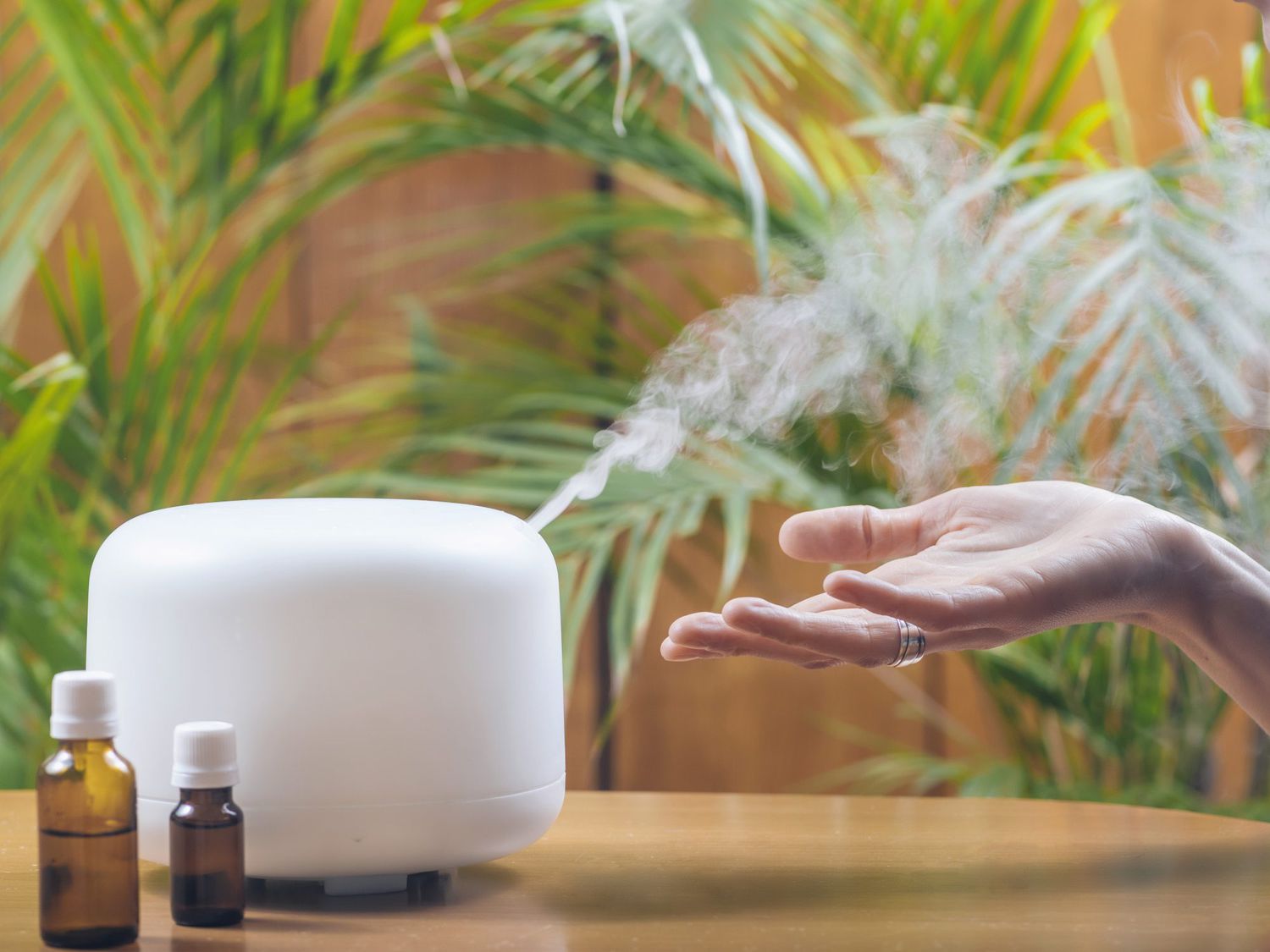
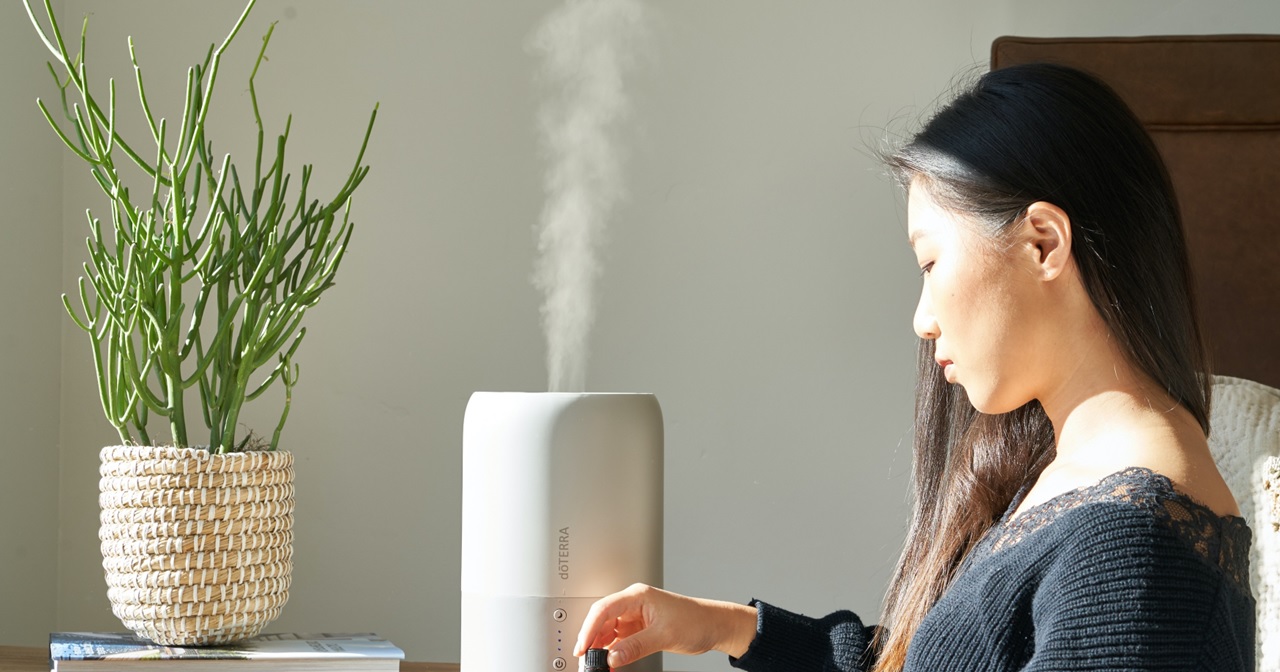

0 thoughts on “When To Use A Humidifier For Baby”